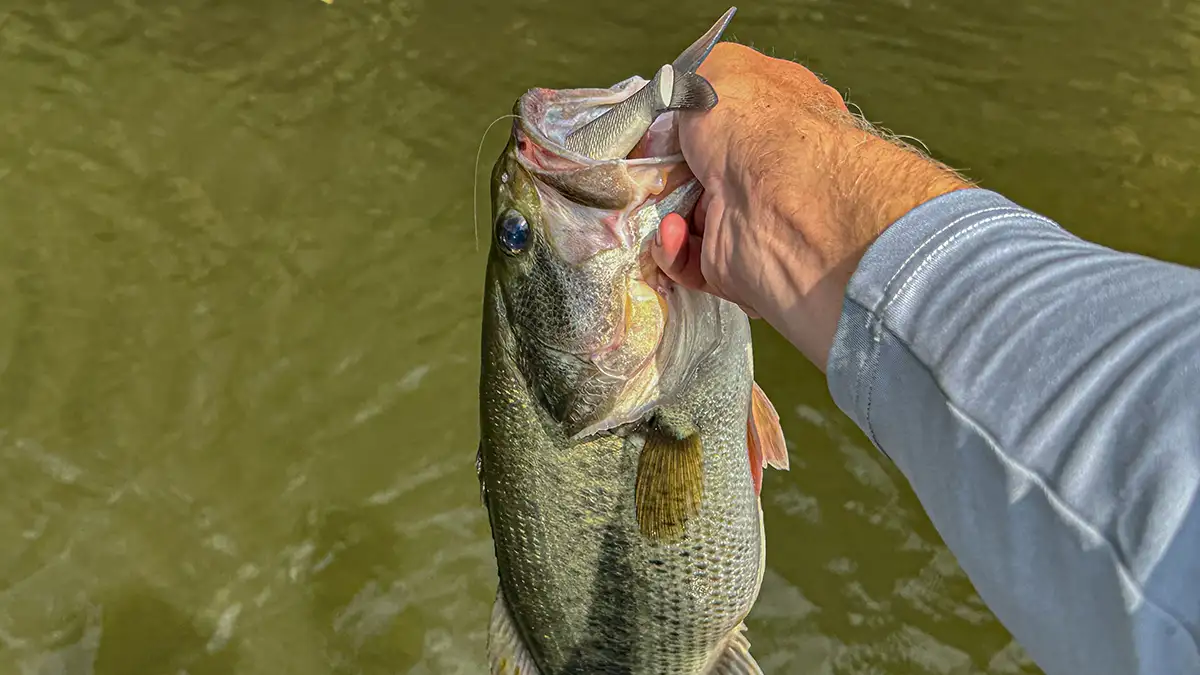River fishing offers a serene escape from crowded lakes and a chance to immerse yourself in the beauty of nature. With approximately 3.5 million miles of rivers and streams in America, there are ample opportunities to enjoy some of the finest fishing the nation has to offer. River systems are perfect for getting out in nature and hooking quality bass. Here’s a quick guide to river fishing.
Lakes vs. Rivers Fishing in lakes and rivers may have some species in common, but the fishing styles differ significantly. The primary distinction is the presence of current in rivers. The current forces fish to position themselves near cover, making them constantly adapt to the varying current strengths. River fishing is typically shallower and eliminates the need for electronics, as fish stay away from offshore areas. In contrast, lakes are deeper and have a mix of shallow and offshore structures where fish reside. Lakes also tend to be more crowded and pressured.
Choosing the Right Time for River Fishing The timing of your river fishing expedition can greatly affect your success. The main lake is often your best option when fishing is at its peak, which is typically during the spring when the largest fish migrate to shallow areas for spawning. However, during slower fishing periods, targeting shallow water river systems or areas upstream in larger lakes or reservoirs can yield better results. River fishing in the fall and early winter can be especially rewarding, as fish move to muddier, shallow waters for warmth.

Selecting the Best Spots to Fish Determining where to fish on a river system is relatively straightforward, depending on the available cover. Common types of cover include laydowns, shoals, big rocks or boulders, and bluff or steep bank swings. Each of these can be excellent choices for catching quality bass, depending on current conditions. Laydowns are great when the river is high, as fish hide behind them to ambush prey pushed downstream. For shallow-water bass in current, this is a high-percentage location. Bluff walls come into play when water levels drop in the winter, as most cover becomes submerged. The current helps position fish for bait ambushes along the wall. Shoals, consisting of high spots and boulders, create underwater current breaks, providing ideal ambush points for fish to feed on bait.
Picking the Right Baits Selecting the right baits can significantly affect your river fishing success. Three highly effective lures for river systems are the ned rig, jig, and glide bait. The Z-Man TRD Ned rig is an excellent choice for consistent river fishing and can mimic various forage species. It works well around bluff walls and shoals. A jig is a river fishing staple and is perfect when fishing around heavy structure, like laydowns on channel swing banks. Glide baits are excellent for targeting aggressive bass in clear water. They work best around structures such as laydowns and bluffs and have been known to catch some of the biggest river fish.
River fishing offers a fun and accessible way to connect with nature and reel in quality bass. Whether wading or floating in a kayak, this is an affordable and enjoyable method for anglers to explore.
Images/Source: Wired2Fish





